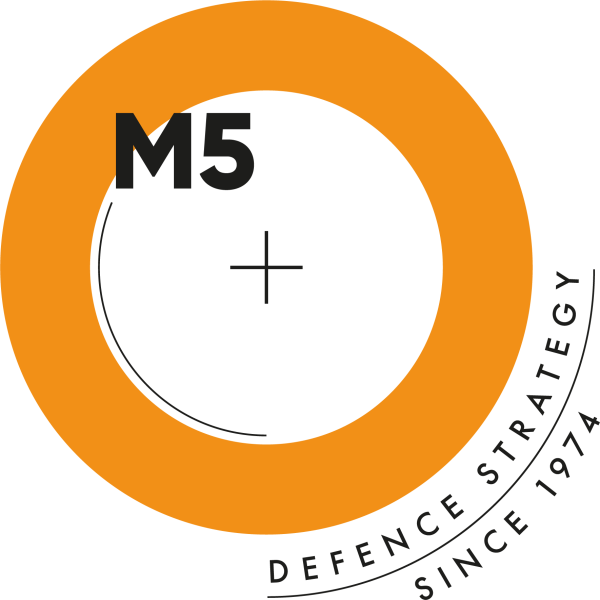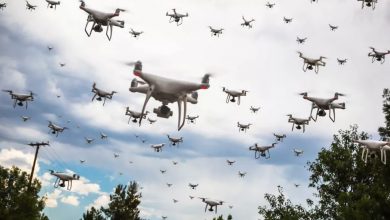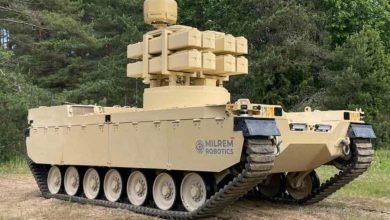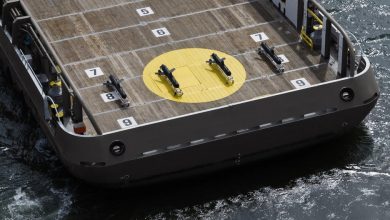V-BAT drone proves resilient in US Army combat test

Shield AI’s V-BAT unmanned aircraft system has emerged as a standout performer in the U.S. Army’s Project Convergence Capstone 5 (PC-C5), demonstrating its ability to conduct critical surveillance and targeting missions while operating under electronic warfare conditions.
According to Shield AI, the V-BAT participated in the March 2025 joint and multinational experiment at Fort Irwin’s “The Box,” a training environment known for its harsh terrain and complexity. The aircraft flew in support of the 82nd Airborne Division, helping test emerging warfighting technologies in real-world operational scenarios.
V-BAT “excelled against active jammers,” the company said in a release, highlighting the system’s resilience in electronic warfare environments. It continued to deliver intelligence, surveillance, reconnaissance, and targeting (ISR-T) capabilities even as simulated electronic threats sought to degrade performance.
“V-BAT is designed to operate at every echelon within an Army division, executing the full spectrum of UAS missions,” said Brandon Tseng, Shield AI’s President, Co-founder, and a former Navy SEAL. “Whether supporting small units at the tactical edge or providing division-wide ISR-T, V-BAT delivers a critical advantage in contested and complex environments.”
During the exercise, the 82nd Airborne Division tested the V-BAT’s use in long-range air assault scenarios, including operations from helicopters. Unlike many legacy drones that require large launch platforms or separate transport, V-BAT’s compact design allows for rapid deployment from aircraft such as the UH-60 Black Hawk or CH-47 Chinook without occupying critical space.
The V-BAT is currently the only operational single-engine ducted fan VTOL (vertical takeoff and landing) unmanned aircraft system deployed across multiple global theaters. Its ducted-fan design allows it to operate from confined or shipboard environments, and the platform has built a track record for reliable performance in GPS-denied and communications-contested areas.
Shield AI says the system has been used in regions including Ukraine, the Black Sea, and the Indo-Pacific—environments where conventional drones have struggled or failed due to electronic interference.





